Are you looking for a shrine to shine some light on your life? Maybe you just want to escape the city and soak in a little peace and quiet. Or perhaps you’re on the hunt for a rare, one-of-a-kind omamori (Japanese protection charm)? If that sounds like you, why not go to Wakinohama Shrine in Kobe?
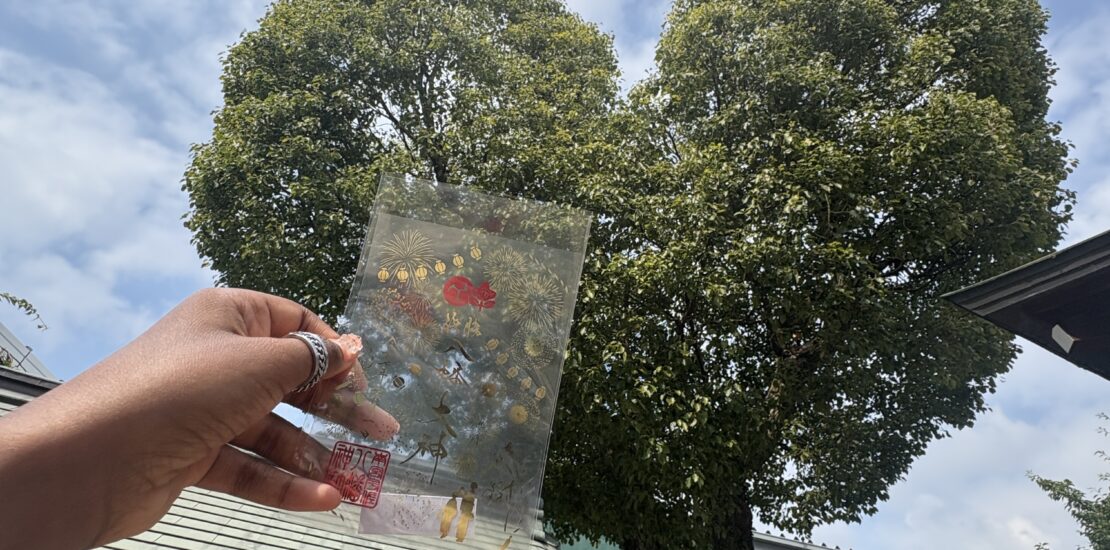
Wakinohama Shrine? The Popular/Not Popular Shrine
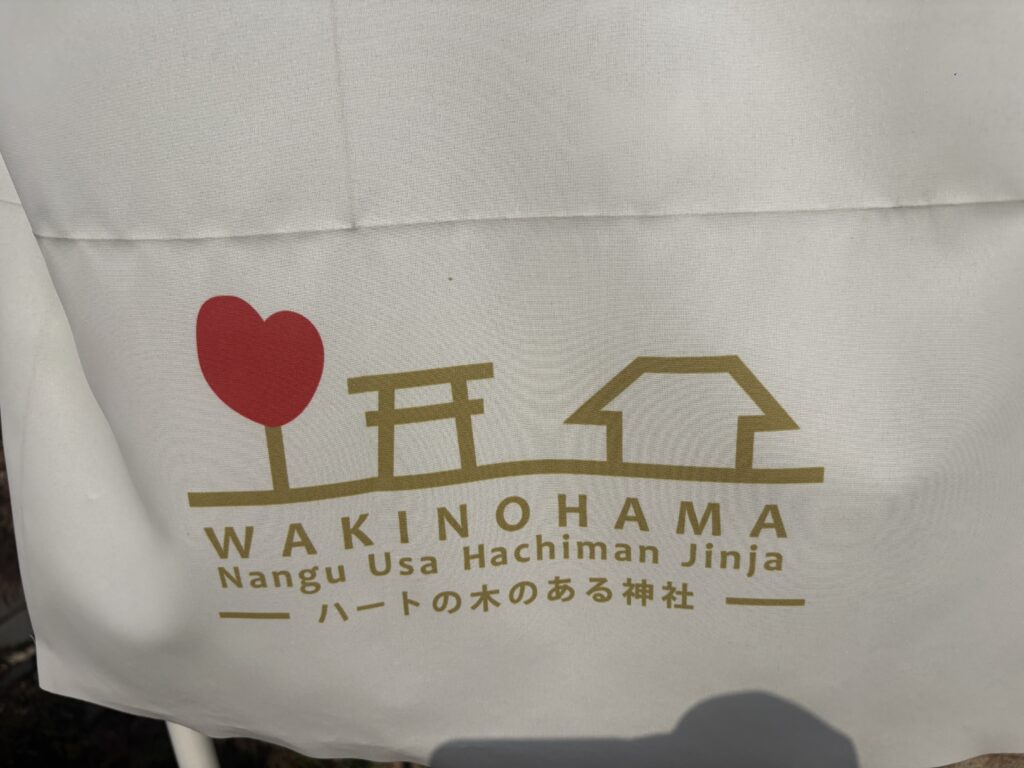
Popular? Well… yes and no.
If you’re wondering, “Why haven’t I heard about this place before?”, you’re not alone.
The reason is simple: it’s not widely known—at least not among foreigners. I actually heard about it by chance from my Tanabe big sister who found it through Instagram (bless social media!).
So while it may be off the radar for tourists, this shrine is super popular with Japanese locals, especially among people in the Kansai region. That makes this the perfect opportunity for you to experience a truly local, lowkey—but magical—shrine experience and share it with your friends before everyone else finds out.
3 Unique Reasons to Visit Wakinohama Shrine
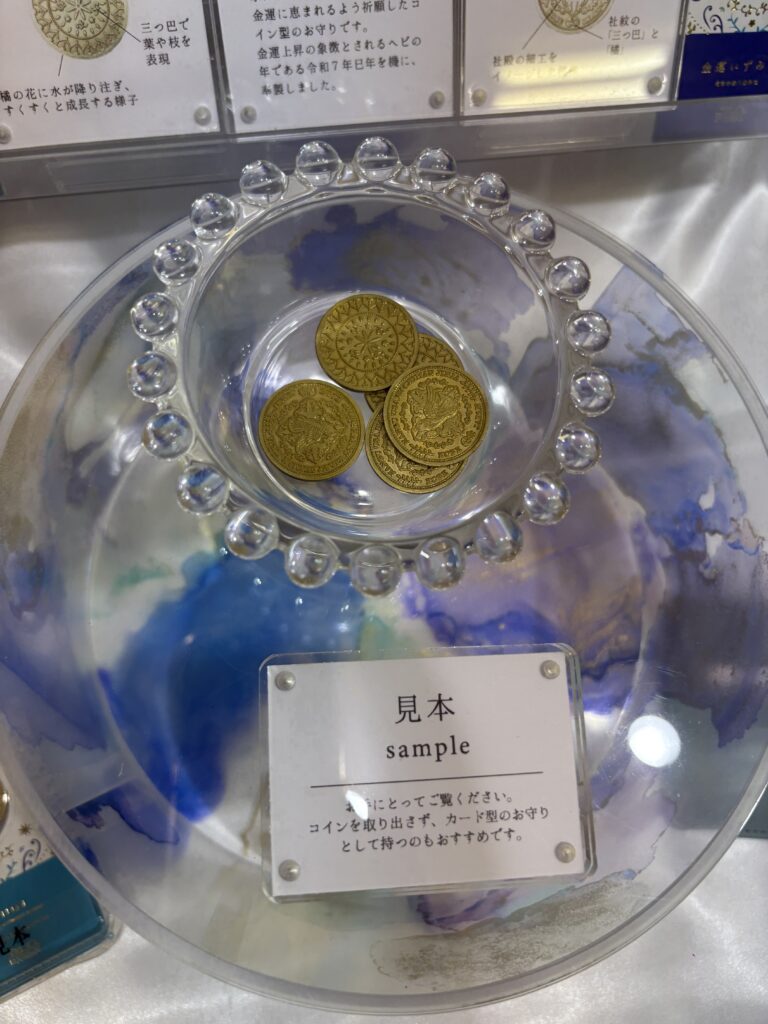
There are a few standout features that make Wakinohama Shrine different from your usual neighborhood shrine. Let me share three reasons I instantly fell in love with this spot:
- Indian Embroidered Omamori and Goshuinchi (御朱印)
If you’re like me and collect Japanese omamori charms like Pokémon cards, you’re going to freak out when you see this.
Wakinohama Shrine offers beautiful Indian-style embroidered omamori—not something you’ll find at your average shrine. These amulets blend traditional Japanese protection symbolism with vibrant Indian textile design. I’ve honestly never seen anything like it before, and I believe this is one of the only shrines in the Kansai area where you can get one.
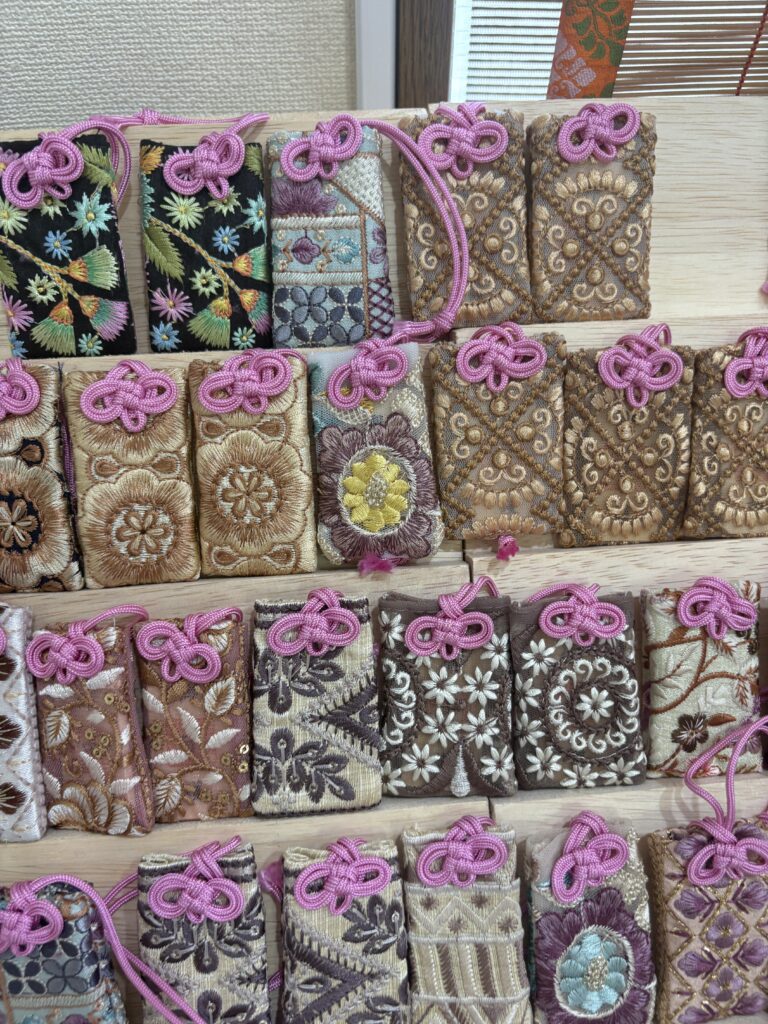
- Heart Shaped Tree
You already know I’m a sucker for anything breathtaking, romantic, and magic movie moments. So imagine my face when I saw an actual heart-shaped tree right on the shrine grounds. 🌳💖
People literally go just to photograph this tree—and I don’t blame them. It’s that stunning.
- Only Open Once A Month😳
This shrine is open daily to visit and walk around, but here’s the kicker: the staff only come on the first day of each month to distribute omamori and interact with visitors.

That means:
If you want one of these exclusive Indian-style charms, you have to go on the first of the month.
Dates to remember for the rest of the year:
September 1, October 1, November 1, December 1
Since they’re technically “open” for omamori just one day per month, the crowds are no joke. But don’t worry—I’ll tell you exactly how to avoid long wait times.
Is It Worth the Wait?
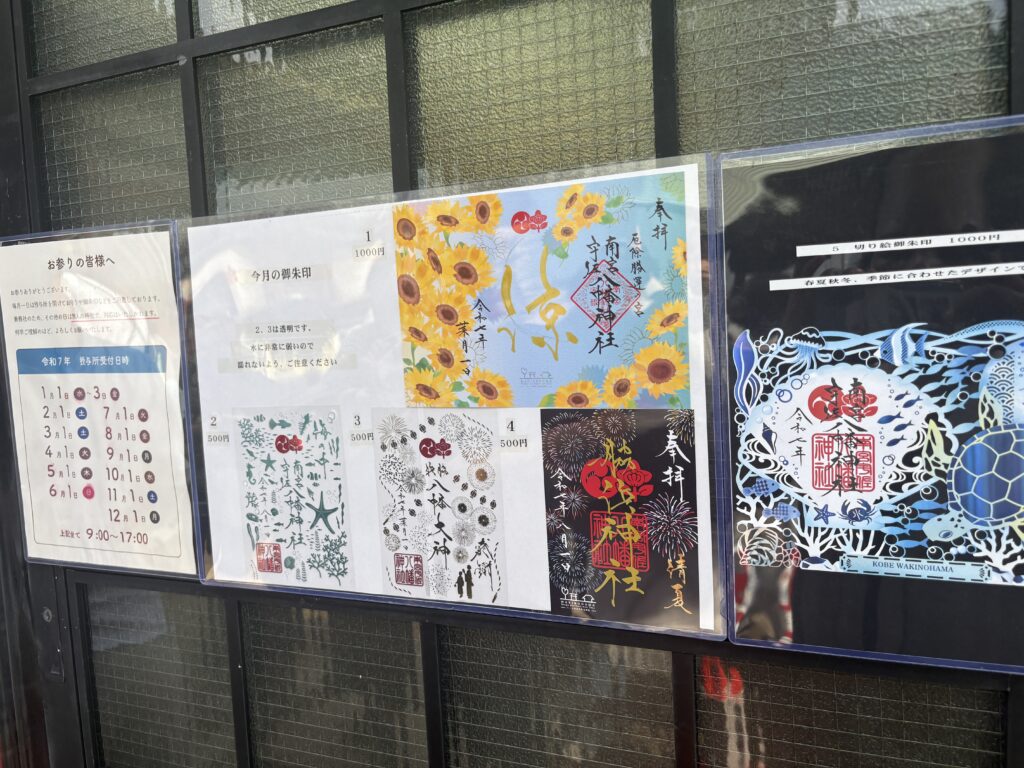
In one word: YES.
But you should know—it’s not uncommon to wait for hours to get into the omamori area. I’ve heard of waiting for three hours….
Time~
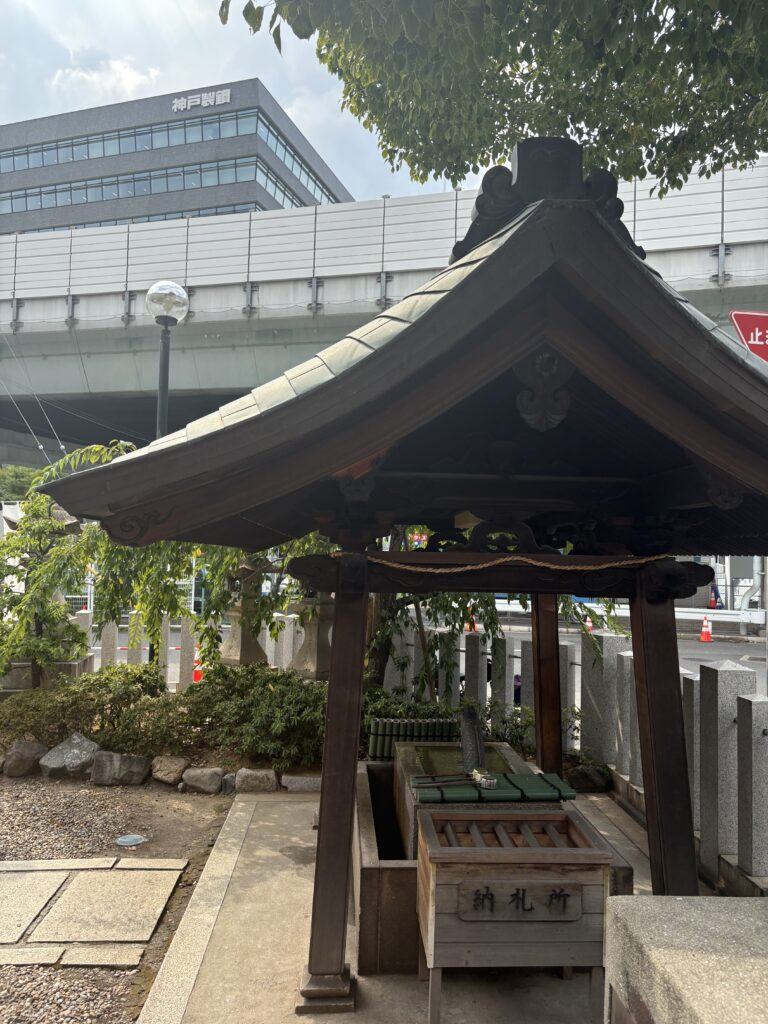
Since I live about an hour away from Kobe, I made sure to wake up early and get to the shrine before the official opening time.
Normal hours: 9:00 AM–5:00 PM
My arrival time: 8:20 AM
Opening time that day: 8:30 AM (They opened early due to the heat! This was a huge surprise because no one was expecting it haha)
My alarm went off at 6:45 AM, and I was out the door by 7:20 AM. I took a train with minimal transfers to get there quickly.
My train route (from Osaka Umeda):
Osaka Umeda Hanshin Line (Orange Line)➡️ Mikage Station➡️ Iwata Station
(Only one transfer + a short walk!)
Train fare: ¥320 one-way (¥640 roundtrip)
If you’re coming from Osaka, Kyoto, or Hyogo, this is a pretty easy shrine to access, even for a short half-day trip.
Preparation for Praying at the Shrine
Especially if you’re going in summer, here’s how to make the wait feel like a breeze:
*Lay out your clothes the night before
*Pack your breakfast/snacks ahead of time
* Bring Japanese salt candies or sweet treats for the wait
* Load up on water
*Bring a UV umbrella or sun hat
*Consider bringing a folding chair if you can’t stand long
Some people literally brought chairs because they knew the wait could be rough.
When I Got There~
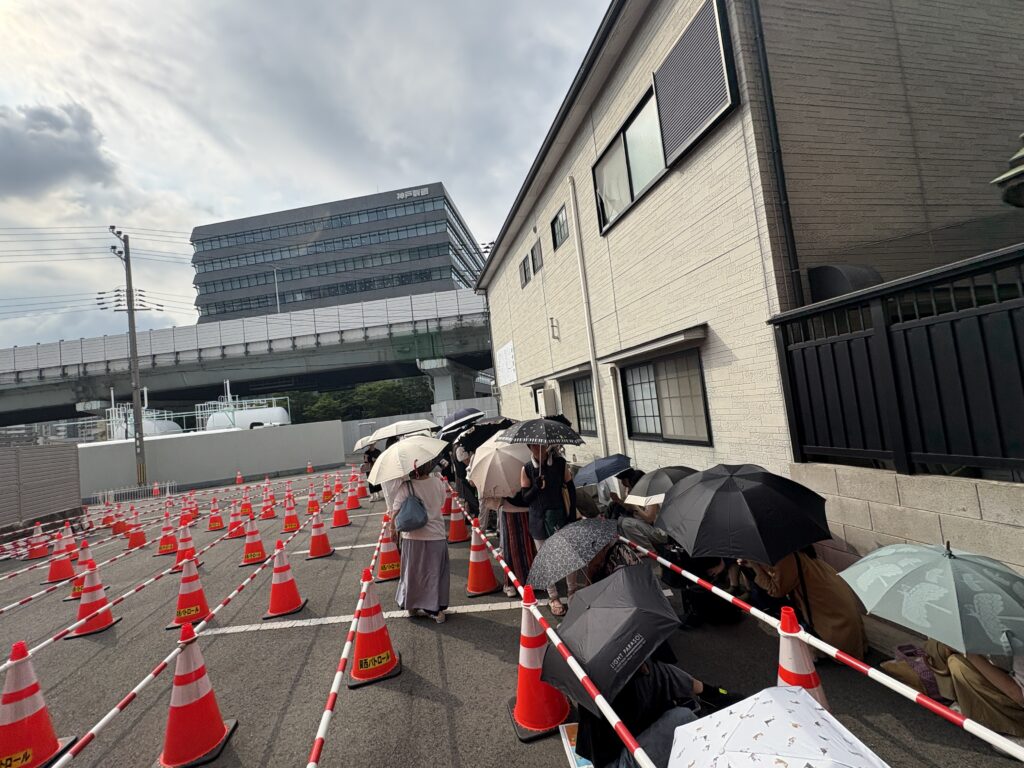
I arrived at 8:23 AM—and luck was on my side. Even though the official open time is 9 AM, they started letting people in around 8:30 AM due to the heat. Yatta!
Even with a small line already forming, I only had to wait about 20 minutes. I passed the time listening to music, thinking, and just enjoying the calm atmosphere of this peaceful little shrine.
Inside Wakinohama Shrine!
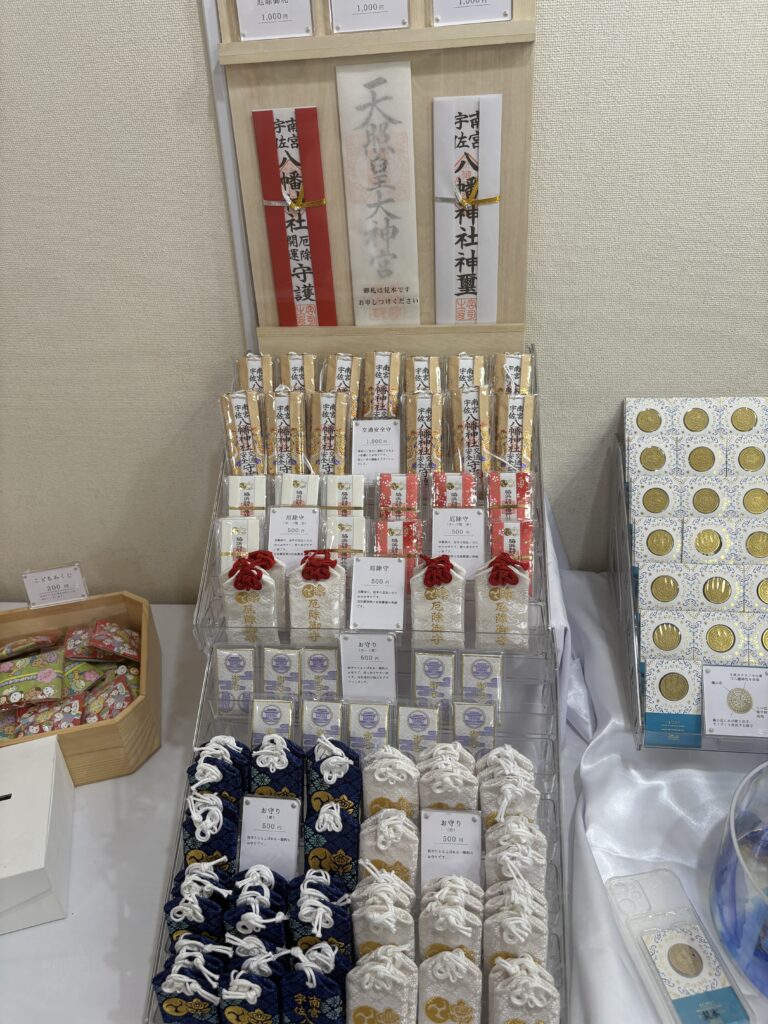
The wait felt short and I was inside in no time. As I stood outside the area for the omamori, one of the staff members talked with me. If you’re worried about asking questions, don’t be; some of the staff speak English and are more than happy to strike up a conversation with you as you wait :-). It was fun to talk about her travels~
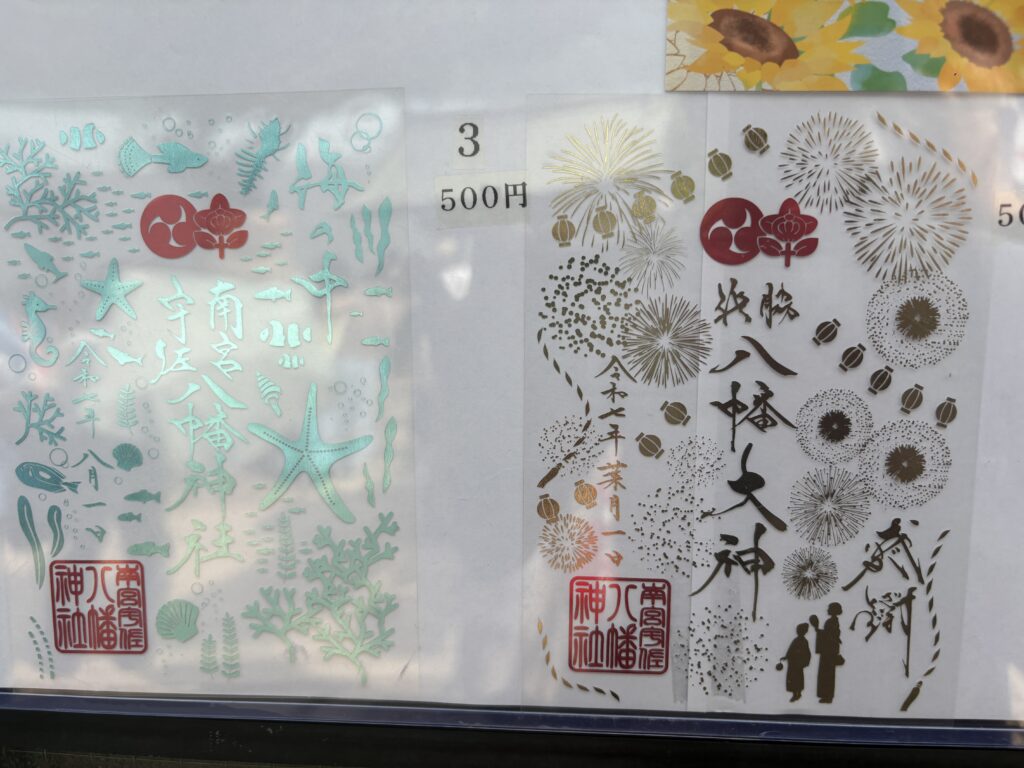
I was excited to finally make it inside. You can see all of the omamoris. They have all kinds!
Keep in mind that they’re only open one day out of the month (technically). While you can get many omamoris, some of the items you can buy are only one per person because they want to save some for everyone.
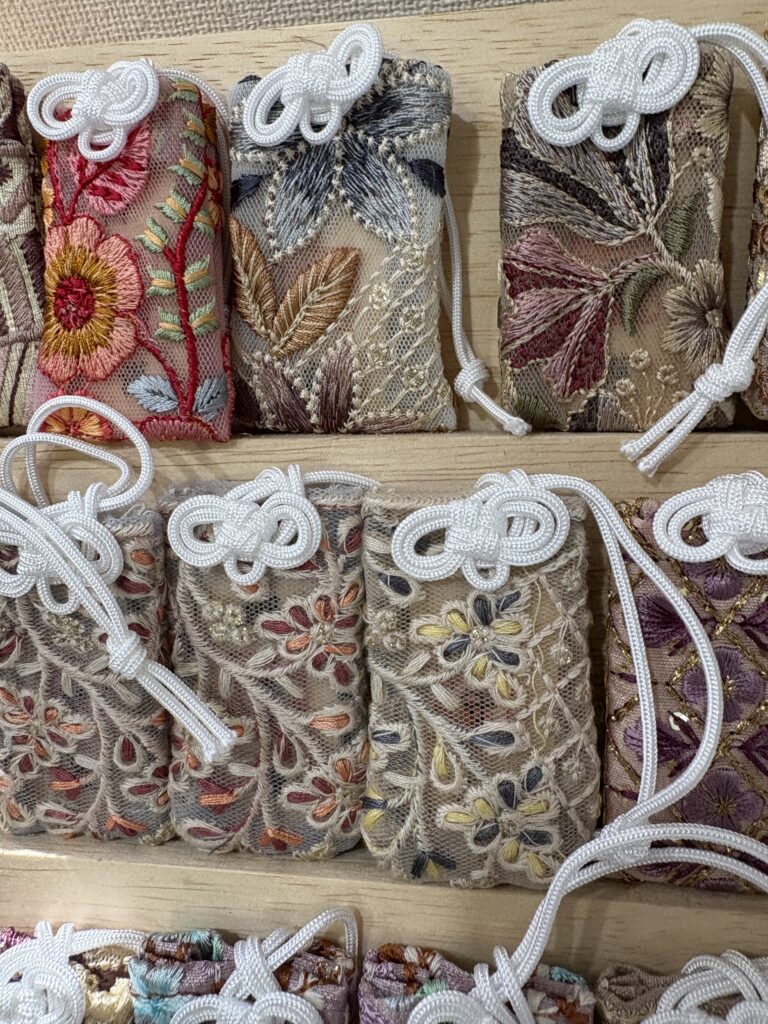
After I went and prayed and wished for good luck. And I’m happy to say that so far, so much good luck has come my way and I’m sure that more will come.^^
It was also very fun to take pictures at the beautiful heart-shaped tree.
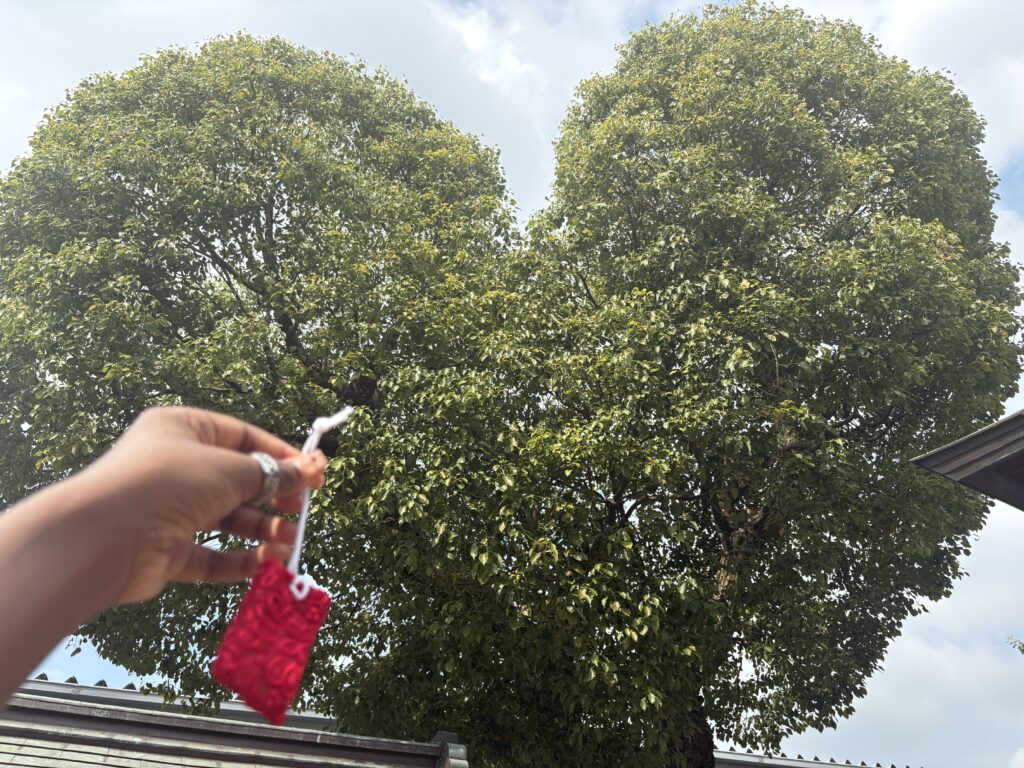
Overall, I was only there for less than 20 or 30 minutes, but I fully enjoyed myself and encourage you to go to the shrine and do the same.
Happy Shrining!
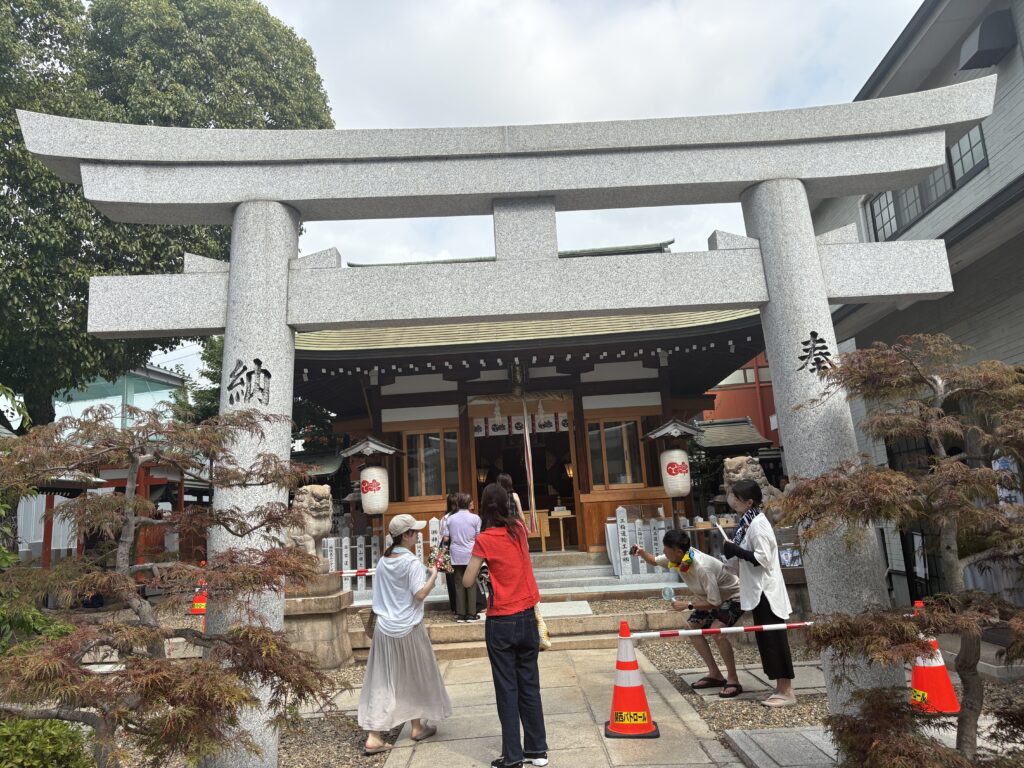
Even if shrines aren’t usually your thing, Wakinohama Shrine offers something truly unique. Whether you want to collect rare omamori, post cute pictures, or just enjoy a quiet day away from the city, I highly recommend visiting.
Stay safe, stay smiley, and maybe I’ll see you there next month on the first!
Stay tuned for more exciting content like this! Follow us on our social media platforms and check out our blog regularly to stay updated on the latest news, trends, and insider stories from Japan. Don’t miss out on future updates — sign up for our newsletter for exclusive content delivered straight to your inbox!



